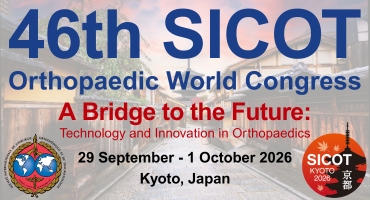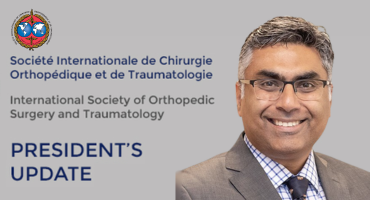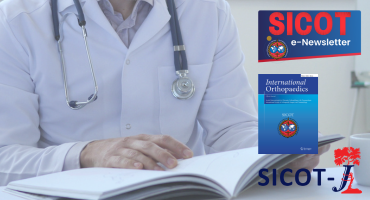Paediatric civilian gunshot injuries. A single centre 10-year epidemiological study
Injury. 2025 Nov;56 Suppl 1:112604. doi: 10.1016/j.injury.2025.112604.
ABSTRACT
INTRODUCTION: In South Africa, the prevalence of violent crime, especially involving firearms, poses a significant public health challenge, particularly when it affects children. Previous studies showed a decrease in paediatric civilian gunshot injuries following the introduction of the 2004 Firearms Control Act This study aims to describe the epidemiology, injury patterns, management, and outcomes of paediatric gunshot wounds (GSWs) at a tertiary paediatric referral centre in Cape Town over 10 years (2011-2020).
METHODS: A retrospective cross-sectional analysis was performed on children aged 0-12 years presenting to the Red Cross War Memorial Children's Hospital (RXH) in Cape Town with gunshot injuries from 1 January 2011 to 31 December 2020. The data were drawn from the ChildSafe database and hospital. Detailed demographic, clinical, management, and outcome data were extracted from hospital records and ancillary databases. Descriptive statistics, linear regression, and Chi-square tests were used for analysis.
RESULTS: A total of 236 paediatric firearm injury cases were identified, representing 0.3 % of all trauma cases during the study period. The annual incidence of GSWs increased significantly (+2.69 cases/year, p < 0.01). Crossfire accounted for 56.4 % of injuries, with a significant upward trend over the decade (p = 0.04). Most injuries occurred in males (56.8 %) and children aged 5-9 years (44 %). Extremity injuries were most common (50.3 %), but head and chest injuries were significantly associated with ICU admission (p < 0.001), mortality (p < 0.001), and resultant morbidity (p < 0.01). Eleven deaths were recorded (4.7 %), predominantly from isolated head injuries. Surgery was performed in 114 cases during first admission; 35 patients experienced complications, and 29 sustained resultant long-term morbidities including paralysis, traumatic brain injury sequelae, and vision loss. Crossfire was significantly associated with increased weekend incidence (p < 0.001) but paradoxically associated with lower mortality (p < 0.01).
CONCLUSION: Paediatric firearm injuries in Cape Town have increased over the past decade, with crossfire in gang-affected communities being a contributing factor. Despite legislative controls, these injuries remain a growing public health crisis with high rates of complications, disability, and mortality-particularly in cases involving the head and chest. A multi-sectoral approach encompassing violence prevention, community intervention, trauma care optimization, and improved surveillance is recommended.
PMID:41173553 | DOI:10.1016/j.injury.2025.112604

















